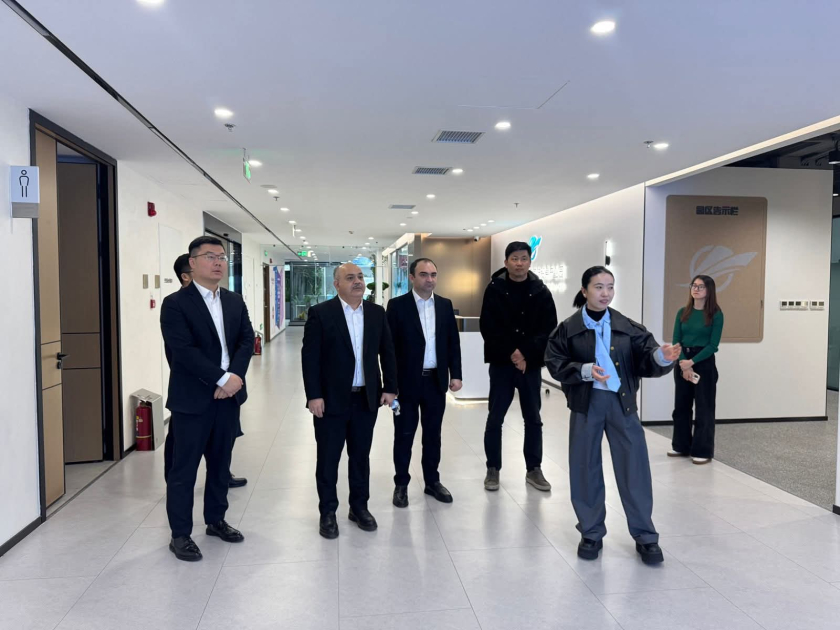Jerusalem Post
ByJERUSALEM POST STAFF
Inside the kurgan is a three-chamber vault. The first holds a warrior leader buried semi-flexed, holding a rare four-pronged bronze spearhead - an extraordinary archaeological find.
Archaeologists in Azerbaijan uncovered a monumental kurgan dating back to the Middle Bronze Age, estimated to be approximately 3,800 years old, during an archaeological campaign that has garnered international attention, according to Infobae. The kurgan, situated in the Ceyranchol plain at a site known as Yovsanlidere, measures 28 meters in diameter and stands 2 meters high.
Beneath the mound, researchers discovered a burial vault divided into three chambers. One chamber contained the remains of a warrior leader, estimated to have stood over two meters tall. The warrior was buried in a semi-flexed position, clutching a four-pronged bronze spearhead considered by specialists to be an extraordinarily rare find in Azerbaijan and throughout the South Caucasus region. The chamber also housed personal belongings, including bronze ankle adornments, paste beads, obsidian tools, and twelve decorated ceramic jugs featuring patterns of white dots and impressions, indicating the high status of the buried individual. Another chamber contained a multitude of ceramics, while the third section was left empty, which may indicate a symbolic space for the soul of the deceased. The division within the kurgan is believed to reflect a belief in the afterlife and possibly represents a space for the deceased's soul to be nourished and find peace.
At the head of the kurgan, a carved bull-shaped idol was placed, symbolizing the spiritual beliefs associated with burial practices. Ceramic jugs containing cooked animal bones were found, including bones from cows, goats, horses, and wild boars. The presence of these bones has been interpreted as sustenance for the journey into the afterlife.
Above the burial chamber, archaeologists discovered 14 limestone slabs, each weighing approximately one ton. All artifacts were carefully documented, sketched, and in some cases restored directly on-site, contributing to the preservation and detailed study of the materials.
The excavation was led by Dr. Shamil Najafov of the Institute of Archaeology and Anthropology of ANAS as part of the project Scientific-Archaeological Excavations and Summer School-5 in Keshikchidagh. The initiative has collaborated with Baku State University, ADA University, regional museums, and history teachers from local schools, fostering the training of new generations of archaeologists and strengthening scientific research in the country.


.jpg)
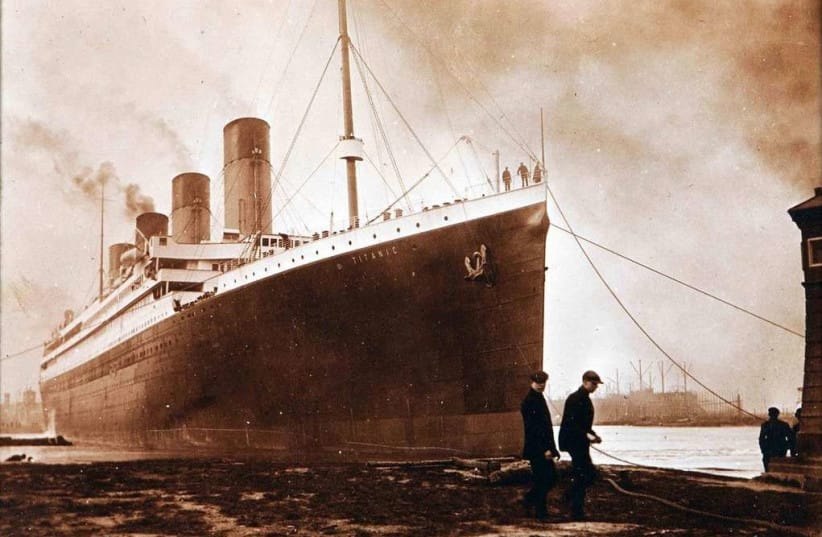
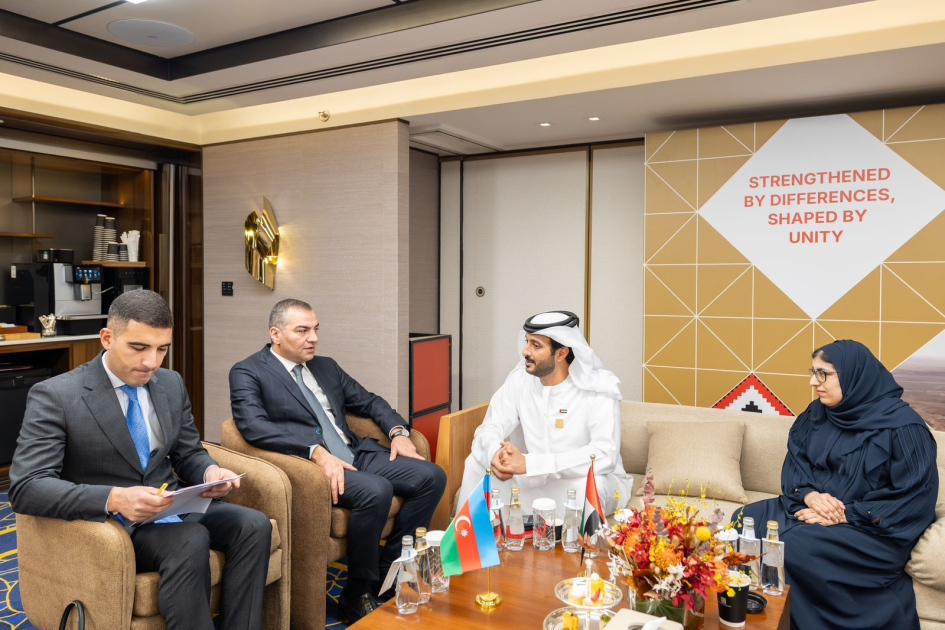
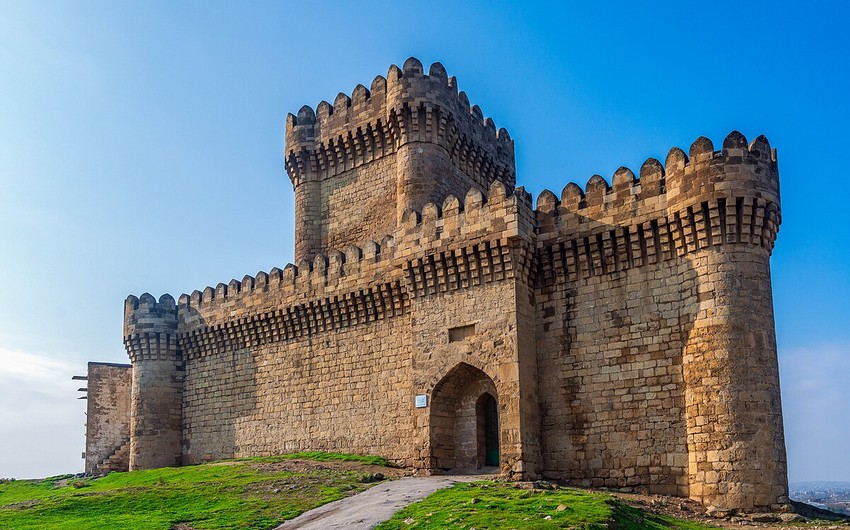

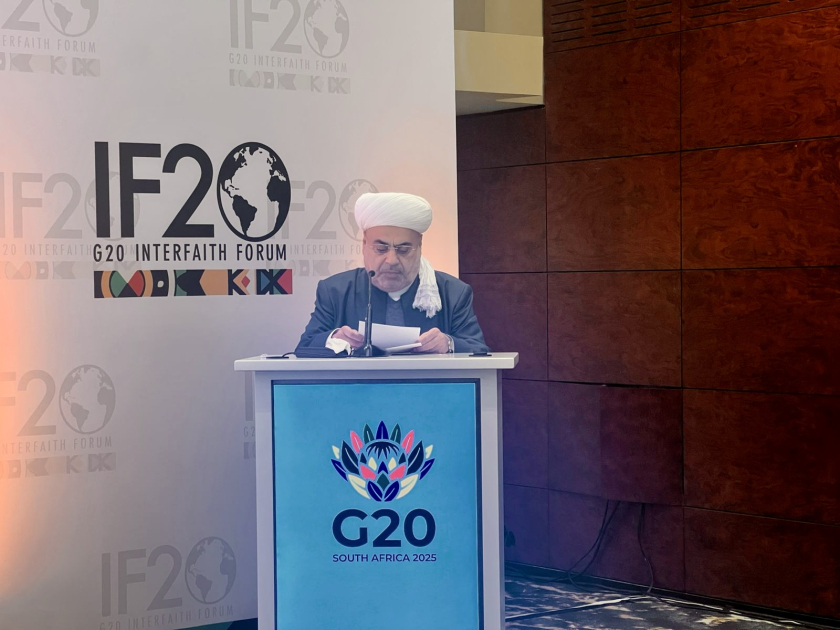
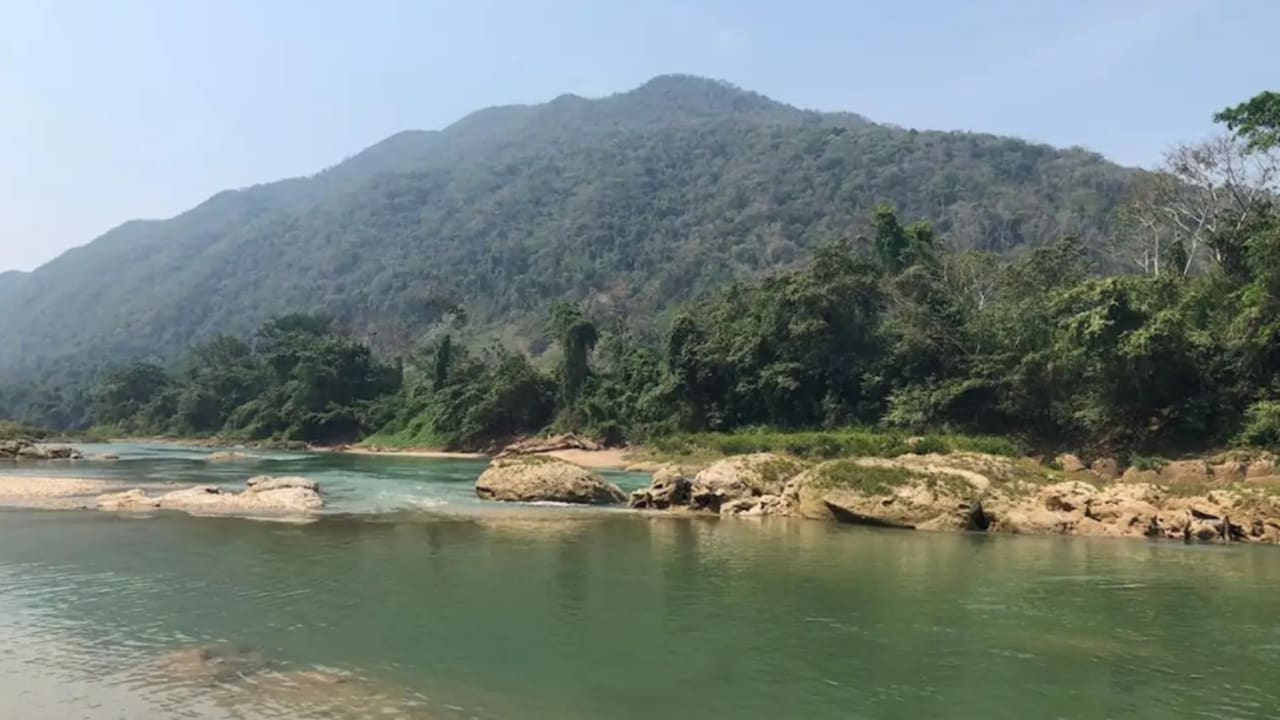
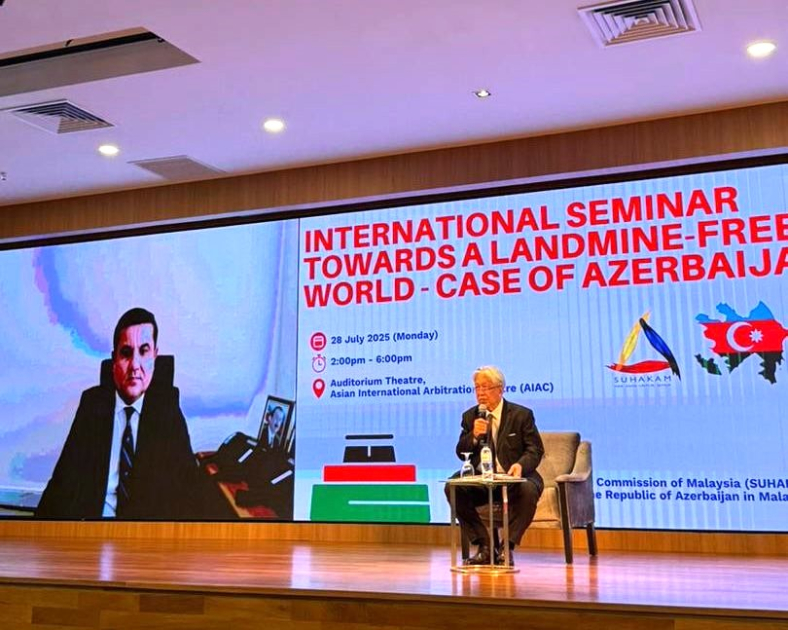

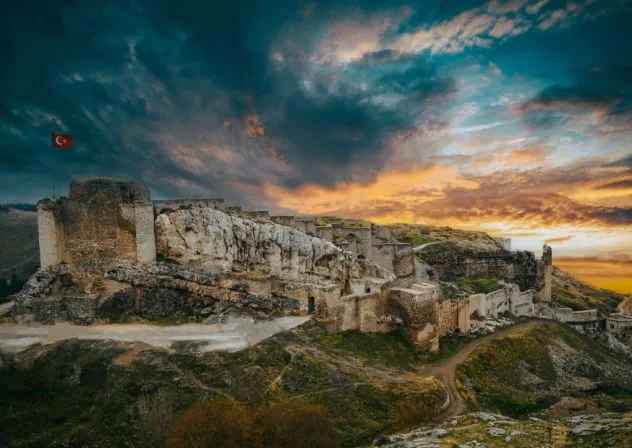
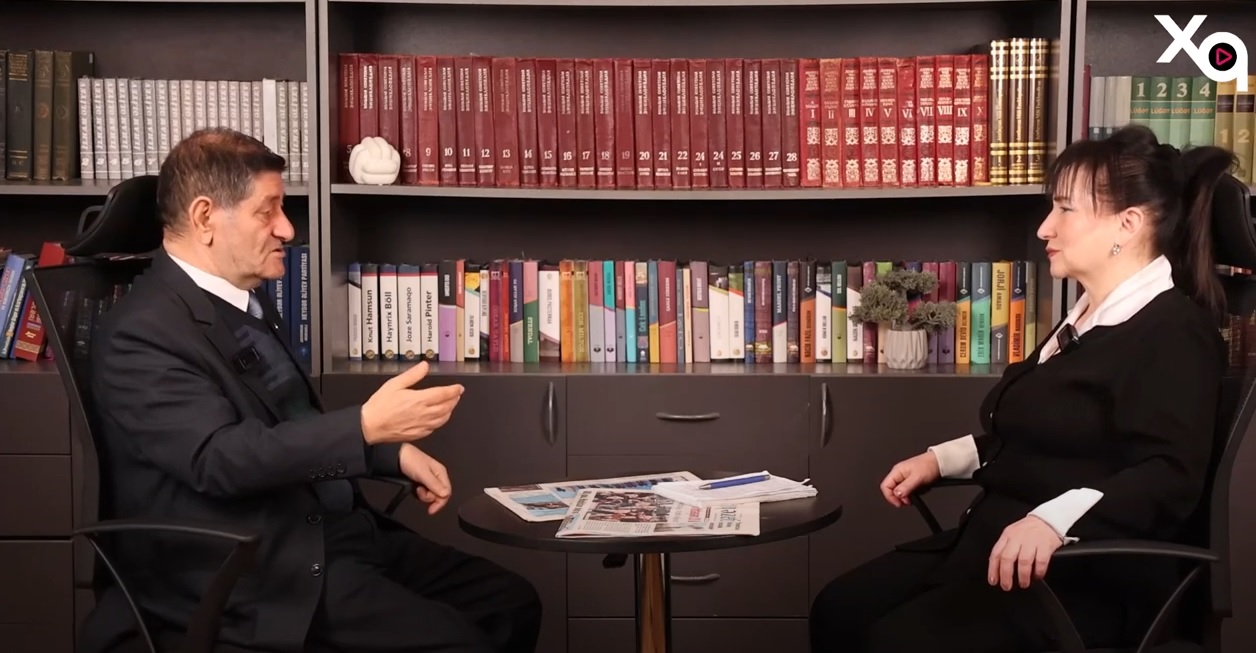
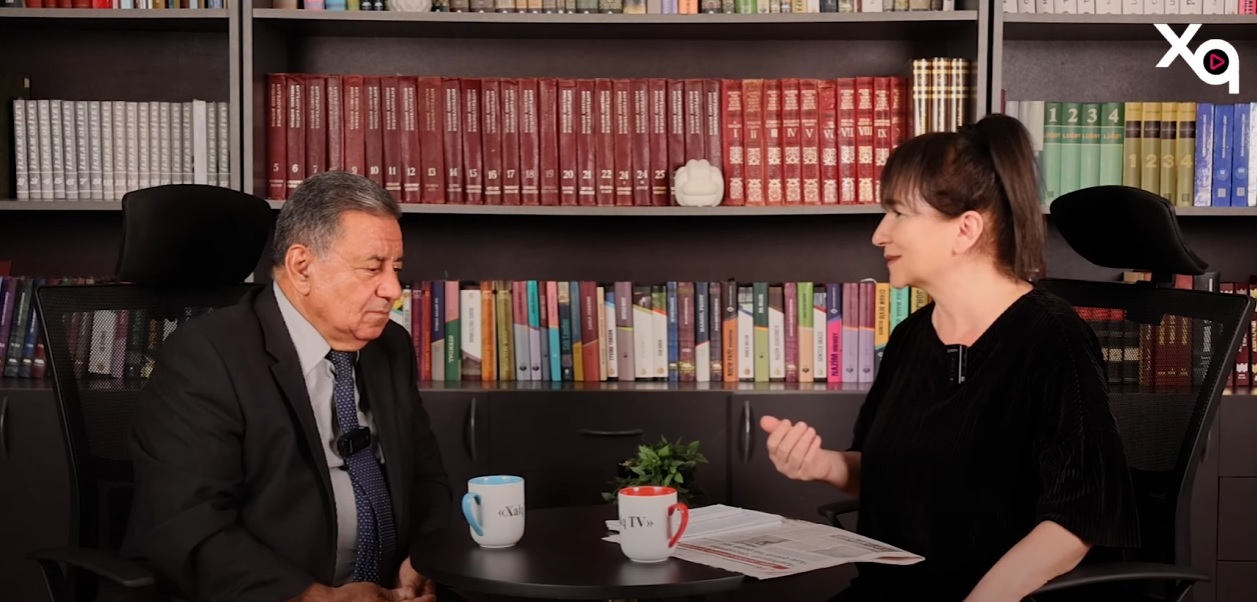

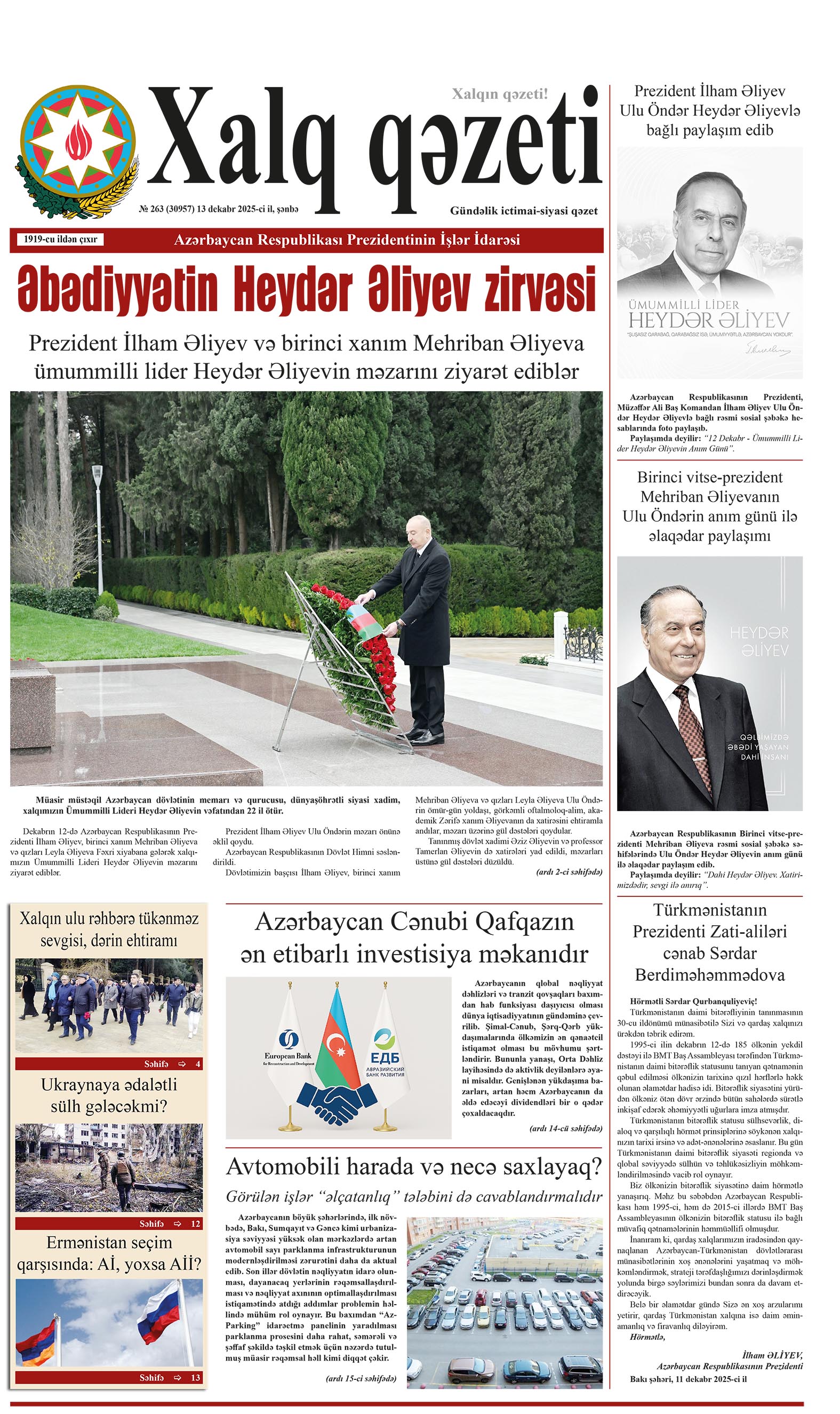
.png)


